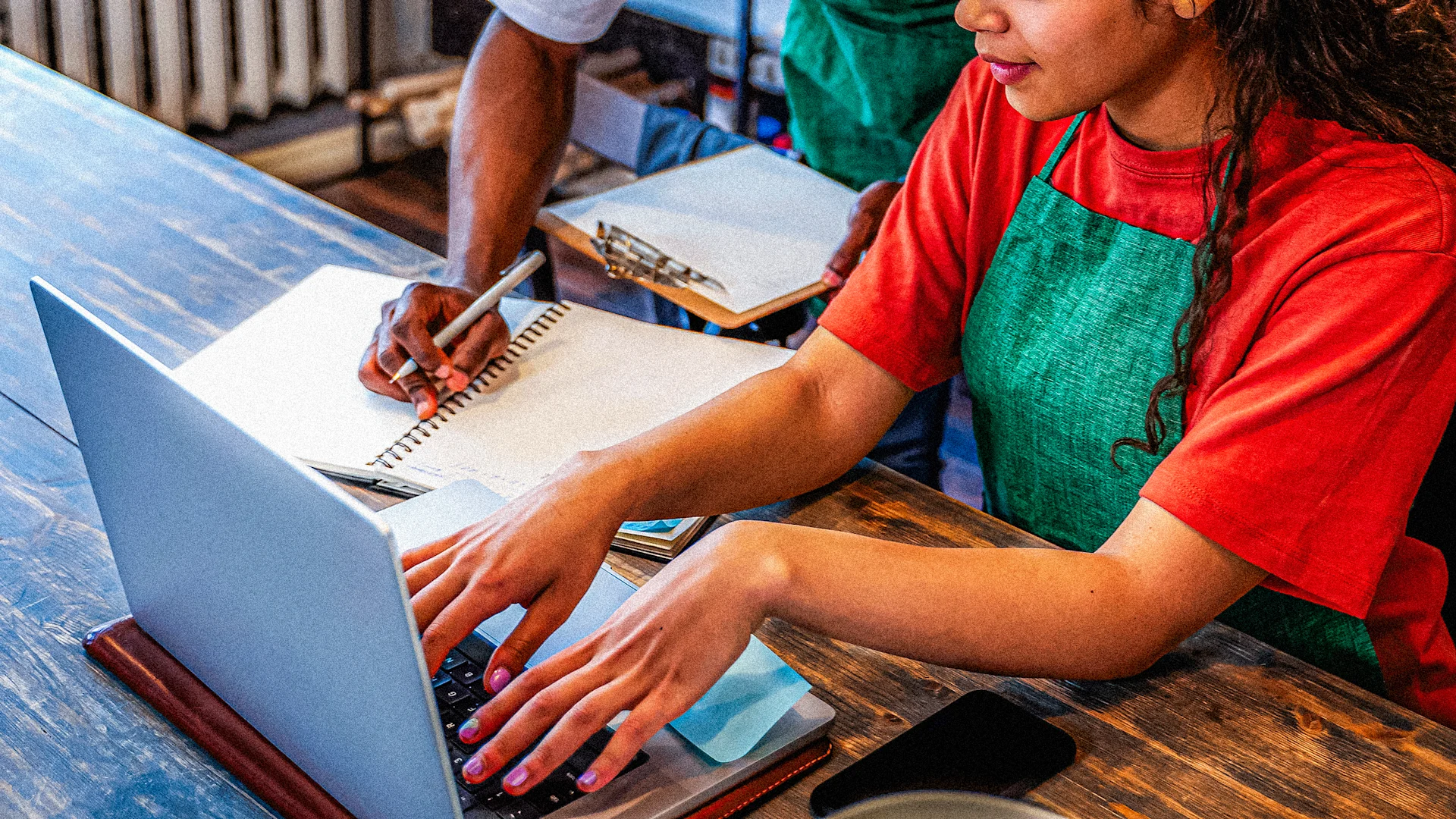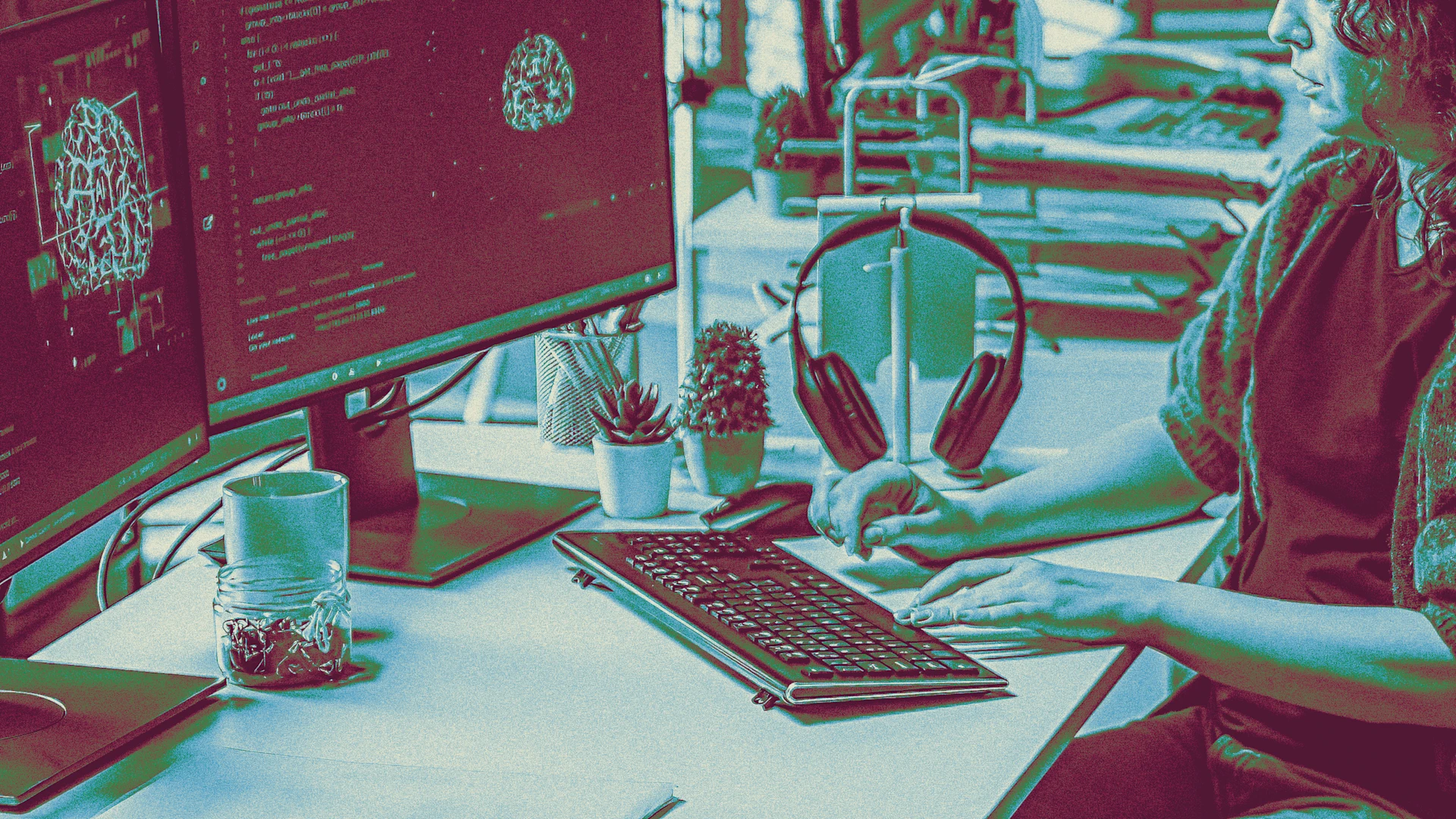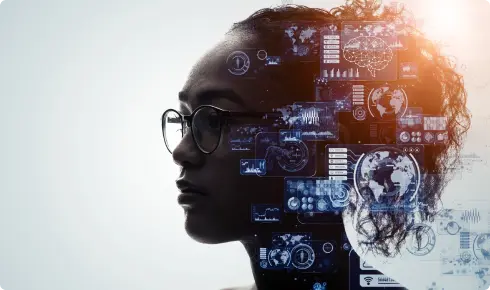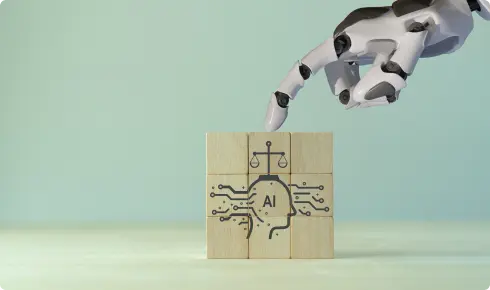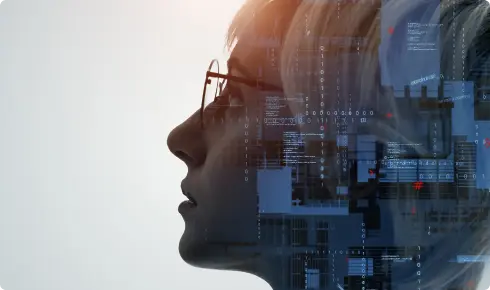
The individual has become the most important client in work, life, and in commerce.
BY FAISAL HOQUE
Cultural anthropologist Margaret Mead once said, “Never doubt that a small group of thoughtful, committed citizens can change the world. Indeed, it’s the only thing that ever has.” This feels increasingly more true in the current post-pandemic world.
The collision of the four drivers of change—the Fourth Industrial Revolution, COVID-19, climate change, and misinformation—offer unprecedented opportunity to the individual. That’s because, from a global standpoint, much of the enormous change that has already occurred, as well as change that has yet to come, has focused on empowering the individual and making him or her better informed, more engaged, and hopefully happier, healthier, and more fulfilled.
Individuals have more opportunity than ever to direct the course of their own lives, be it in a professional or career setting, education, health care, or many other areas. We are all becoming leaders in our own right, empowered to make decisions, adapt to the changing environment around us, and serve as catalysts for pervasive change for the better.
If there’s a single word that encapsulates the opportunity afforded to these individual leaders, it might well be consumer. The individual has been moved to the powerful role of consumer—the end user who wields the capacity and influence to impact and transform—in multiple sectors, most notably: work, health care, and varied forms of collective, community involvement.
WORK
While companies may deem the pandemic a hard pill to swallow because they’re used to closely monitoring employees in-house, in reality it has given employees the opportunity to potentially become more productive. According to the consulting firm Great Place to Work, 5% of American employees worked from home pre-pandemic, but by May 2020, more than 60% were working remotely. And that group working in varied alternate settings has made the most of their time, according to a study by Stanford University and published in “The Quarterly Journal of Economics” of about 16,000 workers whose productivity when working from home increased by 13%. The study attributed the boost to a quieter work environment and fewer breaks and days lost to illness
If a company doesn’t value its employees and/or is pressuring them to work in-house even if they fear possible exposure to the pandemic or do not wish to spend hours commuting every day, there are companies ready and willing to hire those employees as remote workers, especially with their newfound skills. The employee, rather than the company, has the upper hand in deciding when and how they wish to work.
Another component of remote work is the discovery and understanding that not every worker produces best in a standard nine-to-five environment. Some people are night owls; others are morning people. As a result, perfectly capable employees who thrive at night might be incorrectly classified as slow, lazy, or incapable of doing a job that just so happens to fall into their nonproductive times of the day. Writers, for example, generally thrive in quiet surroundings and less so in chaotic or typical “office” environments with noise, interruptions, and meetings.
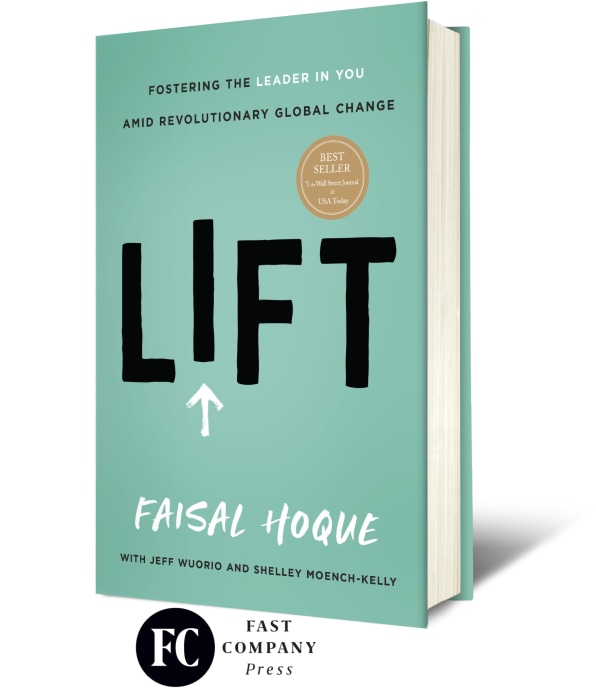
Remote work affords the scheduling autonomy that allows employees to work at a time of day when their skills are at their optimal. No matter if it’s early in the morning, in the middle of the night, or at intermittent points throughout the day, workers are gaining the independence necessary to use the day to their advantage rather than adhering to a needlessly unproductive schedule.
Additionally, individuals will have the opportunity to develop what can be referred to as greater self-management skills. With greater autonomy from traditional, hierarchical management styles and structure, individual workers (particularly the growing population of freelancers) will have the chance and the impetus to develop such softer skills as active learning, resilience, stress tolerance, and flexibility. They’ll assume that much more control as leaders of their own careers.
Individual empowerment goes well beyond professional development and productivity. Individuals will also have the opportunity to approach work-life balance in a completely different context—incorporating a much more blended and interactive perspective. In particular, remote work opportunities will afford social and familial benefits that often were limited in “traditional” workplace logistics.
EDUCATION
As technology is increasingly incorporated into education at all levels, remote learning and other options will afford the opportunity to offer valuable education to more people. Greater access to education might also serve to mitigate the stigma of higher education only being available to the wealthy and other forms of perceived education inequality.
According to a 2021 study by Bay View Analytics titled “The Digital Learning Pulse Survey,” students enrolled at colleges and universities in the United States overwhelmingly supported the continuation or increase in the use of online learning options. The majority of students, 73%, “somewhat” or “strongly” (46%) agreed that they would like to take some fully online courses in the future. A slightly smaller number of students—68%—indicated they would be interested in taking courses offering a combination of in-person and online instruction.
In addition, technology will make lifelong learning that much more viable and adaptable to personalization. Rather than being force-fed rote material over the first 20 years of their lives, students will be given the chance not only to continue to learn over a greater time span but also to have greater input in developing a learning program that’s consistent with their interests and the needs of both themselves and society as a whole—a more fluid, flexible approach to learning.
HEALTH CARE
The future of health care will be centered on the consumer/patient. 24/7 access to data and information, including data regarding cost of care, will place consumers at the very heart of their health care, potentially lowering costs significantly.
Likewise, a growing shift in health care, telehealth, and personal accountability for wellness has been driven by both the pandemic and the technological explosion of the Fourth Industrial Revolution. Interactive devices such as wearable health trackers are only one of many emerging such tools that are all geared to current and active patient monitoring and care.
While electronic medical records have been readily available to patients for a decade or more, health-care facilities now further engage with their patients via online portals where patients can check on their health statistics, check their diagnoses, and send messages to their caregivers without having to meet in person unless an emergency dictates it. This trend extends medical outreach to patients who are either unfit or unable to travel to their primary care physicians, as well as those who live ruraly and cannot easily reach adequate medical care.
COLLECTIVE COMMUNITY INVOLVEMENT
As is the case with other areas of society, governments now serve a citizenry that has unprecedented access to news, information, and data. Given the rise of a more informed community, governments will be challenged to approach these connected citizens as empowered consumers—consumers whose level of satisfaction and constructive engagement will hinge on confidence that they’re receiving genuine returns on their investments in government.
Evidence of the greater role of the individual in government is already appearing in many parts of the world. For instance, at the national level, Denmark’s MindLab was established in 2002 as one of the first government policy laboratories. The lab was tasked with developing creative, citizen-focused approaches to the ways in which policies are designed. (The lab has since been supplanted by the Disruption Task Force to further explore varied benefits of new technologies, data, and business models.)
Armed with new technology, a different mindset, and greatly enlarged expectations, the individual has and will continue to exert a growing influence across any number of the elements of daily life. But the individual isn’t alone in the opportunity created by a climate of disruption and change. Business and industry are also positioned to capture enormous opportunity—exciting prospects that are by no means limited to a profit and loss statement.
[Source image: MirageC/Getty Images]
Excerpt adapted from Lift: Fostering The Leader In You Aid Revolutionary Global Change, Fast Company Press. Copyright © 2022 by Faisal Hoque. All rights reserved.
Original article @FastCompany.

